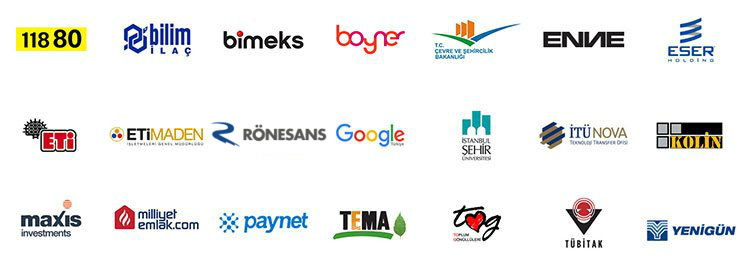
In the world of procurement, every relationship holds the potential for value.
But that potential depends on the quality of the relationships built with suppliers.
A transactional approach focused solely on price can cause you to overlook the immense value that can be created in the long term.
The Trap of Traditional Purchasing: Transactional Relationships
The core problem for many procurement departments is viewing supplier relationships as purely transactional.
Communication is often limited to placing an order, negotiating a price, or resolving a problem.
In this approach, the supplier is seen not as a business partner, but simply as an interchangeable provider of a good or service.
This short-term and often adversarial mindset is the biggest obstacle to innovation, collaboration, and true partnership.
The focus is constantly on the question, "how do I get the lowest price for this transaction?"
The Losses Beyond a Focus on Price
This narrow perspective costs far more than what is apparent.
Innovation opportunities are stifled.
A supplier who is constantly squeezed on price has no incentive to offer you new ideas, technologies, or process improvements.
Your supply chain becomes brittle.
In a crisis, a transactional supplier has no loyalty to you and will prioritize its resources for other customers, increasing your risk.
Hidden costs emerge.
Poor quality products, late deliveries, and weak support from an uninvested supplier can cost much more than the initial price advantage.
The procurement team gets exhausted in an endless cycle of negotiations, rather than becoming a strategic function that co-creates value.
From Transaction to Partnership: Developing Strategic Supplier Relationships
The future of procurement lies in viewing suppliers as business partners.
This doesn't mean abandoning price; it means collaborating to create sustainable value beyond price.
There are practical steps you can take to build a stronger, more flexible, and more innovative supplier base.
What are the key elements of supplier relationship management?
Effective Supplier Relationship Management (SRM) is based on a few key elements.
The most important among them are supplier segmentation, performance management, transparent communication, and collaboration.
Additionally, risk management and contract management are integral parts of this process.
The goal is to build long-term, win-win partnerships based on mutual trust with your most critical suppliers.
Step 1: Conduct Supplier Segmentation
Not all suppliers are equal, and they should not all be treated the same.
Segment your suppliers based on their impact on your business: strategic, important, and transactional.
Focus your relationship-building efforts on your "strategic" partners, who are most critical to your business growth and innovation.
This allows you to direct your resources where they will yield the highest value.
Step 2: Establish Two-Way Communication Channels
Relationships are built on communication.
Go beyond formal quarterly reviews and create an environment of regular, open dialogue.
Schedule regular meetings to talk about mutual goals, challenges, and opportunities.
Listen to your suppliers; their feedback can offer valuable insights for improving your processes.
How do you build a strong relationship with a supplier?
Building a strong relationship starts with trust and transparency.
Clearly state your expectations from the very beginning.
Communicate regularly, not just when there is a problem.
Celebrate successes together and solve challenges collaboratively.
Take the time to understand their business and set long-term, shared goals.
Being fair and consistent is the fastest way to build trust.
Step 3: Measure Performance Transparently
One way to strengthen the relationship is to measure performance objectively and fairly.
Use a shared scorecard with Key Performance Indicators (KPIs) that go beyond just cost, including quality, on-time delivery, innovation, and responsiveness.
Share these metrics and their results with your suppliers regularly.
This transparency clarifies expectations and creates a foundation for continuous improvement.
Step 4: Share Risks and Rewards
A true partnership involves a structure where both risks and rewards are shared.
Work together with your suppliers to mitigate supply chain risks.
Collaborate on joint innovation projects that will reduce costs or develop a new product.
When you share the gains, your suppliers will be more invested in and incentivized for your success.
Conclusion: The New Way to Create Value, Collaborative Partnerships
When you stop seeing your suppliers as mere transactions and embrace them as partners, you unlock the true potential of procurement.
This approach promotes innovation, risk reduction, and sustainable long-term value that far outweighs short-term price advantages.
Strong supplier relationships are not just a "nice-to-have"; they are a strategic necessity that provides a competitive advantage in today's uncertain market conditions.
This is the way to build a more resilient, efficient, and innovative future.







